Home>Garden Essentials>Garden Storage>How Often Should You Change Your Wardrobe
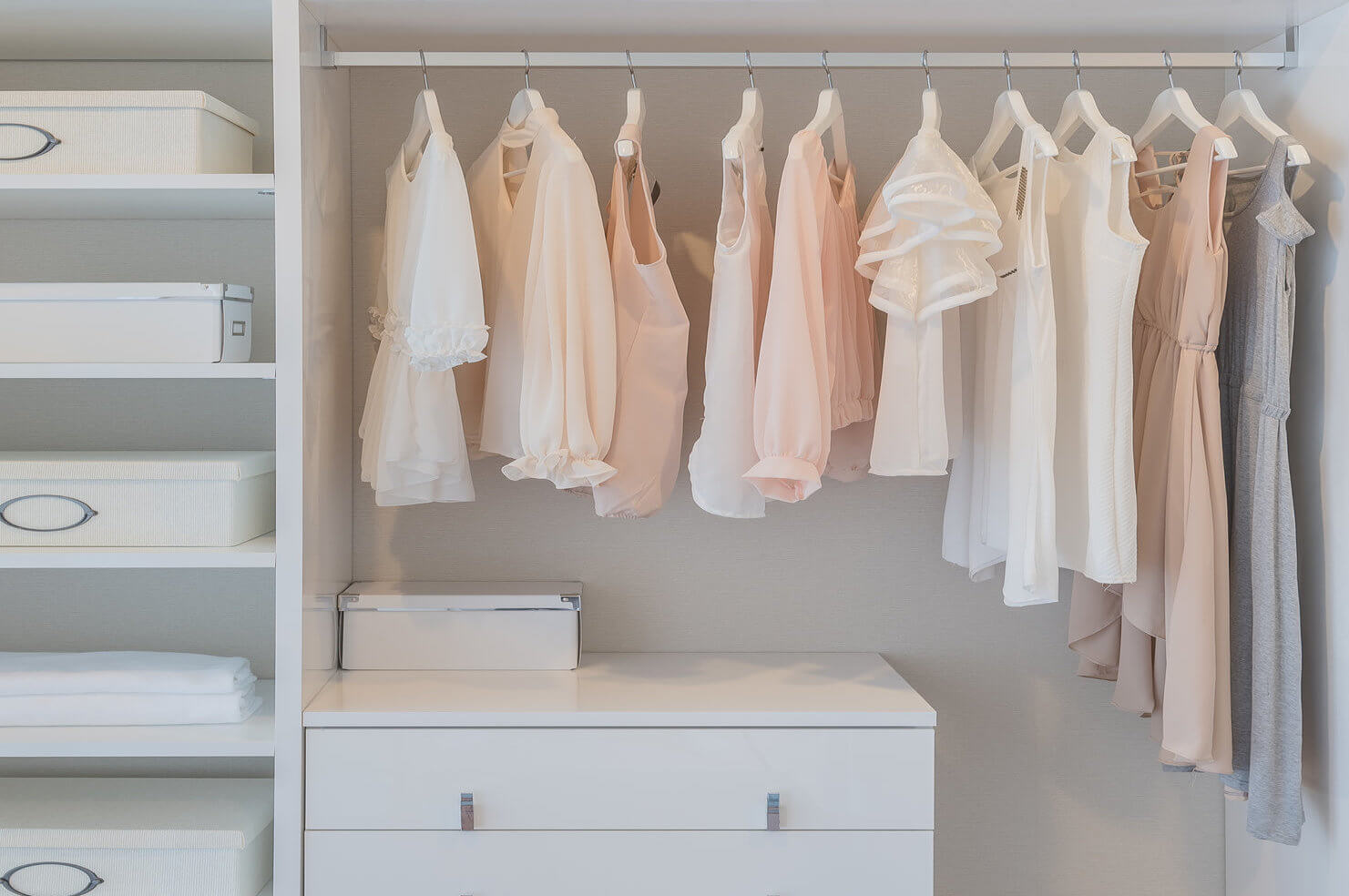

Garden Storage
How Often Should You Change Your Wardrobe
Modified: January 7, 2024
Discover how often you should change your wardrobe to keep your clothes fresh and organized. Learn smart storage tips to maximize your space and extend the life of your garments.
(Many of the links in this article redirect to a specific reviewed product. Your purchase of these products through affiliate links helps to generate commission for Storables.com, at no extra cost. Learn more)
Introduction
Welcome to the world of fashion, where trends come and go, and personal style evolves over time. The question of how often to change your wardrobe is one that many people ponder. Should you update your closet every season, or can you hold onto your favorite pieces for years? The answer to this question depends on several factors, including clothing quality, personal style preferences, lifestyle changes, seasonal rotations, cleaning and maintenance, and recognizing signs that it’s time for a change. In this article, we will explore these factors and provide you with some guidance on how to approach refreshing your wardrobe.
When it comes to clothing quality, investing in well-made pieces can significantly impact the longevity of your wardrobe. High-quality materials and craftsmanship are more durable and can withstand repeated wear and washing. Consider the fabric, stitching, and overall construction of your garments. If these elements are of superior quality, your clothes are likely to last longer and require fewer replacements.
Another factor to consider is your personal style preferences. Some individuals prefer to keep up with the latest trends and regularly update their wardrobe to reflect current fashion. If this resonates with you, then changing your wardrobe frequently might be a natural part of expressing your personal style. On the other hand, if you favor timeless and classic pieces that transcend trends, you may find that your wardrobe remains relatively consistent over longer periods of time.
Lifestyle changes can also prompt a need for wardrobe updates. Professional advancements, lifestyle shifts, or changes in body shape can all impact the types of clothes you need and want to wear. For example, if you have recently started a new job that requires a more formal dress code, it may be necessary to invest in work-appropriate attire. Similarly, if you have adopted a more active lifestyle, your wardrobe may require additions of workout clothes or comfortable athleisure wear.
Many people opt for seasonal rotations when it comes to their wardrobe. Each season brings its own unique weather and style considerations. When transitioning from one season to another, it can be helpful to reassess your wardrobe and make adjustments accordingly. Pack away heavy winter coats and sweaters during the warmer months, and bring out lighter, breathable fabrics and summer essentials. This practice not only helps you stay organized but also ensures that your wardrobe remains relevant and functional throughout the year.
Key Takeaways:
- Invest in high-quality, durable garments to reduce the need for frequent wardrobe changes and save money in the long run. Prioritize materials and construction for a lasting wardrobe.
- Embrace your personal style and make thoughtful wardrobe adjustments based on lifestyle changes, seasonal rotations, and signs that it’s time for a change. Avoid overconsumption by prioritizing quality over quantity and supporting sustainable fashion practices.
Read more: How Often Should You Change Your Mattress?
Factors to Consider
When deciding how often to change your wardrobe, there are several factors that you should take into consideration. These factors can help guide your decision-making process and ensure that you make choices that align with your style, lifestyle, and personal preferences.
A key factor to consider is clothing quality. Investing in high-quality garments can significantly impact how often you need to change your wardrobe. Well-made pieces tend to be more durable and can withstand regular wear and washing without showing signs of wear and tear. Consider the fabric, stitching, and overall construction of your clothes when assessing their quality. If you notice that your clothes are starting to look worn out or lose their shape, it may be a sign that it’s time to replace them.
Your personal style preferences also play a crucial role in determining how often you should change your wardrobe. Some individuals enjoy following the latest fashion trends and view clothing as an expression of their identity. For these individuals, updating their wardrobe frequently may be a natural part of their style evolution. On the other hand, if you have a more minimalistic or classic style, you may find that your wardrobe remains relatively consistent over time. Consider what brings you joy and makes you feel confident when it comes to your personal style.
Changes in your lifestyle can also impact your wardrobe needs. For example, if you have recently started a new job or experienced a significant life event, you may need to update your wardrobe to suit the demands of your new situation. Assess your lifestyle and think about what types of clothing are required for different activities, events, or occasions that you regularly encounter. This will help you determine how often you need to refresh and update your wardrobe.
Seasonal rotations are another important factor to consider. Different seasons bring different weather conditions and fashion trends. As the seasons change, it’s a good idea to reassess your wardrobe and make adjustments accordingly. For example, during the colder months, you may need to invest in warmer outerwear and layering pieces. In the summer, lightweight fabrics and breathable clothing become more important. By adapting your wardrobe to the seasons, you can ensure that you have appropriate and functional clothing for any weather conditions.
Lastly, it is important to consider your cleaning and maintenance routine when deciding how often to change your wardrobe. Proper care and maintenance can extend the lifespan of your garments, allowing you to wear them for a longer period of time. Follow the care instructions provided by the manufacturer and pay attention to how you store and handle your clothes. Regular cleaning, repairs, and maintenance can help prevent premature wear and keep your clothes looking their best.
By taking into account these factors – clothing quality, personal style preferences, lifestyle changes, seasonal rotations, and cleaning and maintenance – you can make informed decisions about how often to change your wardrobe. Remember, there’s no one-size-fits-all answer to this question. It ultimately depends on your individual circumstances and what feels right for you.
Clothing Quality
When it comes to determining how often to change your wardrobe, one of the most important factors to consider is the quality of your clothing. Investing in high-quality garments not only ensures durability but also contributes to your overall style and satisfaction with your wardrobe.
High-quality clothing is typically made from superior materials and constructed with great attention to detail. Fabrics such as natural fibers (cotton, silk, wool) and high-quality synthetic materials (polyester blends, nylon) tend to be more durable and resistant to wear and tear compared to cheaper, low-quality fabrics. These materials not only feel better against the skin but also maintain their shape and color over time.
Another aspect of clothing quality is the stitching and construction of the garment. Well-made clothes have strong and even seams, with tight stitching that holds the fabric together securely. This attention to detail ensures that the garment can withstand everyday wear, including washing and stretching. The way a garment is put together can impact its longevity and overall appearance, so it’s worth investing in well-constructed pieces.
Choosing high-quality clothing can have several advantages. Firstly, these garments tend to last longer, reducing the frequency with which you need to replace them. This can save you money in the long run, as you won’t constantly have to buy new clothes to replenish your wardrobe. Additionally, by opting for high-quality clothing, you will likely have a more timeless and versatile wardrobe, as these pieces are designed to withstand the test of time and can be paired with various outfits and styles.
In contrast, low-quality clothing tends to show signs of wear and tear more quickly. The fabrics may degrade after just a few washes, losing their shape, color, or even developing rips and holes. Cheaply made clothes may also have uneven seams or loose threads, which can lead to further damage if not repaired promptly.
By choosing clothing of higher quality, you can extend the lifespan of your garments and reduce the frequency with which you need to change your wardrobe. However, it is important to note that even the highest quality garments will eventually show signs of wear with regular use. It’s essential to strike a balance between investing in quality pieces and being mindful of when it’s time to replace or repair a worn-out item.
When assessing clothing quality, consider both the fabric and the construction of the garment. Pay attention to how the fabric feels and how it holds up after several wears and washes. Examine the stitching and seams to ensure they are strong and well-executed. By prioritizing clothing of higher quality, you can build a wardrobe that lasts longer and brings you greater satisfaction in terms of both style and functionality.
Personal Style Preferences
When it comes to deciding how often to change your wardrobe, your personal style preferences play a significant role. Your personal style is an expression of your individuality and can evolve over time. Understanding your style preferences can help you determine how frequently you want to update your wardrobe.
Some individuals have a penchant for staying up to date with the latest fashion trends. For these individuals, changing their wardrobe frequently might be a natural part of their style evolution. They embrace new styles, experiment with different looks, and enjoy the thrill of staying current with fashion. If you fall into this category, you may find pleasure and satisfaction in regularly refreshing your wardrobe to reflect the latest trends and styles.
On the other hand, if you have a more timeless and classic style, you may find that your wardrobe remains relatively consistent over longer periods of time. You might prefer to invest in high-quality, versatile pieces that can be mixed and matched in various ways. Your personal style may be more focused on timeless elegance rather than following fleeting trends. In this case, updating your wardrobe less frequently and investing in key, timeless pieces that withstand the test of time might be more in line with your style preferences.
It’s also worth considering your personal comfort and confidence in relation to your style preferences. Some individuals feel more empowered and self-assured when they are dressed in a way that aligns with their personal style. If you feel confident and comfortable in your current wardrobe, there may be less of a need or desire to make frequent changes. However, if you find that your current clothing no longer represents your personal taste or makes you feel less than your best, it may be time for a style overhaul or wardrobe update.
Ultimately, your personal style preferences should guide your decision-making process when it comes to changing your wardrobe. Listen to your instincts and pay attention to what makes you feel good and confident in your own skin. Your wardrobe is a reflection of your personality and should support your lifestyle and self-expression.
Remember, personal style is subjective, and there is no right or wrong approach to updating your wardrobe. Whether you enjoy following the latest trends or prefer a more timeless, classic look, it’s important to stay true to yourself and create a wardrobe that makes you feel comfortable, confident, and true to your style preferences.
Lifestyle Changes
Changes in your lifestyle can have a significant impact on your wardrobe needs and the frequency with which you should change your clothing. As you navigate different stages of life or experience lifestyle shifts, it’s important to reassess your wardrobe to ensure it aligns with your current needs and activities.
One of the most common lifestyle changes that can prompt a need for wardrobe updates is a new job or career advancement. If you have recently started a new job or have been promoted to a position with a different dress code, you may need to invest in work-appropriate attire. This could include professional suits, dress shirts, or business casual attire. It’s important to dress in a way that reflects your new role and presents a polished and professional image in the workplace.
Another aspect of lifestyle changes to consider is the emergence of new hobbies or activities. If you have taken up a new sport or fitness routine, you may need to add appropriate activewear or workout clothing to your wardrobe. This allows you to engage in your new activities comfortably and with the appropriate gear. Additionally, if you have recently started attending social events or have become more active in your community, you may want to invest in occasion-specific outfits to ensure you are dressed to impress.
Life events such as pregnancy or significant weight loss or gain can also necessitate a wardrobe update. As your body goes through changes, your clothing needs may shift as well. Maternity clothing, for example, is designed to accommodate a growing baby bump and provide comfort during pregnancy. It is crucial to have clothing that fits properly and makes you feel confident and comfortable during these transitional phases of life.
Furthermore, as your lifestyle evolves, you may find yourself in different social or cultural circles. Different communities or social groups may have specific dress codes or style expectations. Adapting your wardrobe to fit in or express your belonging to these groups can be an essential part of feeling integrated and accepted within those communities.
Lastly, changes in climate or geographical location can also impact your wardrobe needs. If you have recently moved to a different region with distinct seasons or weather patterns, you may need to invest in appropriate clothing to suit the new climate. This can include items such as heavier coats or sweaters for colder climates or lightweight, breathable fabrics for warmer regions.
By considering lifestyle changes, you can assess your current wardrobe and make updates that align with your evolving needs and activities. Whether it’s due to a new job, hobbies, life events, or climate shifts, your wardrobe should adapt to support the lifestyle you lead. Regularly reassessing your clothing needs can help you maintain a functional and stylish wardrobe that suits your ever-changing lifestyle.
It’s recommended to assess your wardrobe twice a year, at the start of each season, to declutter and refresh your clothing. This helps you stay organized and ensures you’re wearing items that are seasonally appropriate.
Read more: How Often Should You Change Your Carpet
Seasonal Rotations
Seasonal rotations are a common practice when it comes to managing your wardrobe. Each season brings its own unique weather conditions, fashion trends, and style considerations. Incorporating seasonal rotations into your wardrobe can help you stay organized, ensure you have appropriate clothing for different climates, and keep your style fresh and up to date.
As the seasons change, it’s essential to reassess your wardrobe and make adjustments accordingly. This involves reviewing the clothes you currently have and determining which pieces are suitable for the upcoming season and which ones need to be stored away.
During the transition from summer to fall/winter, you might pack away your lightweight and breathable clothing, such as summer dresses and tank tops. Instead, you’ll bring out warmer pieces like sweaters, coats, and boots. Layering becomes more important as the temperatures drop, so having versatile pieces like cardigans and scarves can help you adapt to fluctuating weather conditions.
Conversely, when transitioning from winter to spring/summer, you can bring out your lighter, breezier clothes. This might include t-shirts, shorts, skirts, and sandals. It’s also an opportunity to infuse your wardrobe with vibrant colors and playful prints that are commonly associated with the warmer seasons.
By organizing your wardrobe according to seasonal rotations, you can ensure that your clothing remains relevant and functional throughout the year. It enhances your ability to create appropriate outfits based on the weather, allowing you to dress comfortably and stylishly regardless of the season.
Seasonal rotations also provide an opportunity to take stock of your wardrobe and evaluate your clothing needs. As you pack away clothes for a specific season, you can assess the condition of the items and determine if any need replacing or repairing. It’s a chance to declutter and remove any items that no longer fit or align with your personal style.
In addition to the practical benefits, seasonal rotations can also ignite creativity and a sense of excitement as you rediscover clothes that have been stored away. When items are out of sight for several months, there’s a novelty in reuniting with them, which can inspire new outfit combinations and a fresh perspective on your style. It can be an opportunity to experiment with different looks and breathe new life into your wardrobe.
By incorporating seasonal rotations into your wardrobe management, you can maintain an organized and functional closet, ensure your clothing is appropriate for the current season, and infuse your style with a sense of novelty and creativity. Embrace the changing seasons and use them as an opportunity to refresh and revitalize your wardrobe.
Cleaning and Maintenance
Cleaning and maintenance are integral parts of wardrobe management. Taking proper care of your clothing not only prolongs their lifespan but also keeps them looking fresh and well-maintained. Regular cleaning and maintenance routines can significantly impact how often you need to change your wardrobe.
One essential aspect of clothing care is following the care instructions provided by the manufacturer. Each garment comes with specific cleaning guidelines that are designed to help preserve its quality and appearance. Pay attention to the recommended washing methods, water temperature, and any restrictions on bleach or tumble drying. Following these instructions can prevent damage to your clothes and maintain their original condition for longer.
Regular cleaning is important for maintaining the cleanliness and freshness of your wardrobe. Clothes can accumulate dirt, odors, and stains through regular wear, so it’s crucial to establish a consistent cleaning routine. This may involve washing your clothes after every wear or, for certain items like outerwear or jeans, opting for less frequent but thorough cleanings. Regular cleaning not only keeps your clothes looking their best but also helps to prevent bacteria and odor buildup.
In addition to regular cleaning, proper storage is key to maintaining the quality of your clothes. Use appropriate hangers or folding techniques to prevent wrinkles and maintain the shape of your garments. Avoid cramming your clothes too tightly in your closet, as this can lead to unnecessary creasing or stretching. Consider using garment bags for delicate or special items to protect them from dust and potential damage.
Regular maintenance also involves checking for and repairing any damages or wear and tear. Inspect your clothes for loose threads, missing buttons, or small tears and address these issues promptly. Taking care of minor repairs can prevent further damage and extend the life of your garments. For larger repairs that you’re unable to tackle yourself, consider taking your clothes to a professional tailor or seamstress to ensure they are properly fixed.
Proper care extends beyond cleaning and maintenance routines—it also involves being mindful of how you wear and handle your clothes. Avoid excessive wear in high-friction areas, such as under the arms or at the knees, as this can lead to fabric thinning or holes. Be cautious when wearing accessories that could potentially snag or damage your clothing. Taking these precautions can help prolong the life of your clothes.
By implementing regular cleaning and maintenance practices, you can ensure that your clothes remain in good condition, reducing the need for frequent replacements. Proper care and maintenance help to preserve the quality and appearance of your garments, allowing you to get the most out of your wardrobe.
Signs It’s Time for a Change
While there are no hard and fast rules about how often you should change your wardrobe, there are several signs to look out for that indicate it may be time for a change. Paying attention to these signs can help you keep your wardrobe fresh and avoid holding onto items that no longer serve you.
One of the most obvious signs that it’s time for a change is when your clothes no longer fit properly. Whether it’s due to weight fluctuations or changes in body shape, ill-fitting clothing can make you feel uncomfortable and affect your confidence. When clothes are too tight or too loose, it’s worth considering updating your wardrobe with garments that flatter your current body shape and complement your personal style.
Another sign that it’s time for a change is when your clothes are worn out or damaged beyond repair. Over time, clothes can develop holes, fraying fabric, or faded colors. If you find yourself constantly having to repair your clothes or if they appear visibly worn, it may be time to replace them. Holding onto clothes that are beyond their lifespan can detract from your overall style and make you look unkempt.
If you find yourself consistently bypassing certain items in your closet because they no longer align with your personal style, it’s a clear indication that it’s time to make a change. As your taste and fashion preferences evolve, it’s natural to outgrow certain clothing pieces. Donate or sell these items to make room for new pieces that better reflect your current style and make you feel confident.
Similar to personal style changes, evolving fashion trends can also signal the need for a wardrobe update. If you notice that your clothes look outdated or out of sync with current styles, it might be time to refresh your wardrobe with modern, on-trend pieces. This doesn’t mean you have to completely overhaul your wardrobe every season, but incorporating a few trendy items can help keep your style current and make you feel more in tune with the times.
Lastly, if you feel bored or uninspired by your wardrobe, it’s a definite sign that it’s time for a change. Your clothes should make you feel excited and confident when you wear them. If you find yourself wearing the same outfits repeatedly or feeling uninspired by your current selection, it’s a good opportunity to inject some novelty into your wardrobe. Consider exploring new styles, experimenting with different colors and patterns, and incorporating accessories to revamp your look.
Ultimately, the signs that it’s time for a change will vary from person to person. It’s important to listen to your instincts and pay attention to how your clothes make you feel and how they fit into your overall style and lifestyle. By staying attuned to these signs, you can ensure that your wardrobe remains fresh, functional, and aligned with your personal style.
Avoiding Overconsumption
In our fast-paced consumer-driven society, it’s important to be mindful of overconsumption when it comes to our wardrobes. The desire for newness and constantly changing trends can lead to excessive shopping and accumulating more clothes than we need. By adopting a more conscious approach, we can avoid overconsumption and create a wardrobe that is sustainable, functional, and aligned with our personal style.
One way to avoid overconsumption is to prioritize quality over quantity. Instead of constantly buying cheaply made, fast-fashion items that quickly lose their shape and fall apart, invest in high-quality garments that last. By choosing well-made pieces, you can build a versatile wardrobe with items that withstand the test of time. Quality clothing not only saves you money in the long run, but it also reduces waste by minimizing the need for frequent replacements.
Another strategy is to embrace a minimalist mindset. Focus on building a capsule wardrobe consisting of versatile, timeless pieces that can be mixed and matched to create various outfits. A smaller, curated wardrobe ensures that each item gets the attention it deserves and prevents the accumulation of unnecessary clothing. By carefully curating your wardrobe, you can keep it streamlined, organized, and free from excess clutter.
Before making a purchase, consider whether the item will truly enhance your current wardrobe. Think about its versatility and how often you will wear it. Avoid buying clothes for one-time events or fleeting trends. Instead, opt for pieces that can be styled in multiple ways and will stand the test of time. By making thoughtful and intentional purchases, you can avoid the cycle of impulse buys and reduce the likelihood of accumulating items that rarely see the light of day.
Practicing mindful shopping also involves being aware of the ethical and environmental impact of our clothing choices. Look for brands that prioritize sustainable and ethical practices, such as using eco-friendly materials and ensuring fair working conditions for their employees. Consider supporting thrift stores or second-hand clothing platforms, which offer a more sustainable option by giving pre-loved clothes a second life. By choosing ethically conscious options, you contribute to a more sustainable and responsible fashion industry.
Repairing and repurposing clothes is another way to avoid overconsumption. If an item has a minor issue, such as a missing button or a small tear, try repairing it instead of immediately discarding it. Get creative and explore ways to repurpose clothes that no longer fit or suit your style. This not only extends the life of your garments but also adds a unique and personal touch to your wardrobe.
Ultimately, avoiding overconsumption is about being mindful of our clothing choices and their impact. By prioritizing quality, embracing minimalism, making intentional purchases, supporting ethical brands, and repurposing items, we can create a wardrobe that is sustainable, functional, and truly reflects our personal style.
Read more: How Often Should You Change Your Pillowcase?
Conclusion
Deciding how often to change your wardrobe is a personal choice that depends on various factors. Understanding the quality of your clothing, aligning with your personal style preferences, considering lifestyle changes, incorporating seasonal rotations, prioritizing cleaning and maintenance, recognizing signs for change, and avoiding overconsumption are all crucial elements in managing your wardrobe effectively.
Investing in high-quality garments ensures durability and longevity. By paying attention to clothing materials and construction, you can build a wardrobe that lasts and reduces the need for frequent replacements.
Your personal style preferences should guide your wardrobe decisions. Whether you follow the latest trends or favor timeless and classic pieces, your wardrobe should reflect your individuality and make you feel confident and comfortable.
Changes in your lifestyle, such as a new job or hobbies, may prompt a need for wardrobe updates. Adapting your wardrobe to suit your current activities and social circles ensures that you have appropriate clothing that supports your lifestyle.
Incorporating seasonal rotations helps keep your wardrobe relevant and functional throughout the year. By assessing your clothing needs with each season, you can adjust your wardrobe accordingly and optimize your outfit choices for different weather conditions.
Cleaning and maintenance play a crucial role in extending the life of your clothing. Following care instructions, regular cleaning, and proper storage all contribute to keeping your clothes in optimal condition.
Recognizing signs that it’s time for a change, such as ill-fitting clothes, damage, changing styles or fashion trends, or feeling uninspired, helps you make thoughtful adjustments to your wardrobe when necessary.
Avoiding overconsumption is essential in creating a sustainable wardrobe. Prioritizing quality over quantity, embracing minimalism, making intentional purchases, supporting ethical brands, and repairing or repurposing clothes all contribute to reducing waste and creating a more responsible relationship with fashion.
In conclusion, finding the right balance between refreshing your wardrobe and avoiding unnecessary changes is a personal journey. By considering these factors and making conscious choices, you can create a wardrobe that reflects your style, supports your lifestyle, and stands the test of time.
Frequently Asked Questions about How Often Should You Change Your Wardrobe
Was this page helpful?
At Storables.com, we guarantee accurate and reliable information. Our content, validated by Expert Board Contributors, is crafted following stringent Editorial Policies. We're committed to providing you with well-researched, expert-backed insights for all your informational needs.
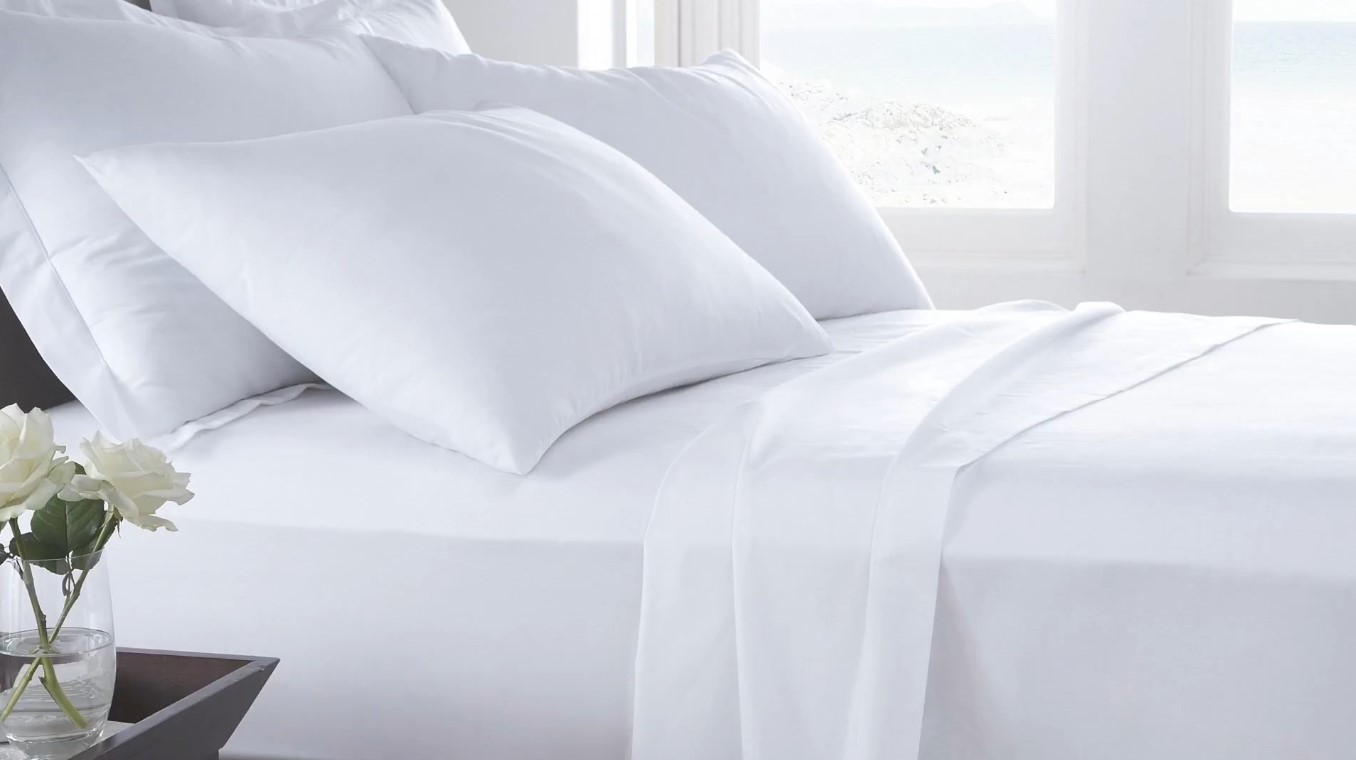

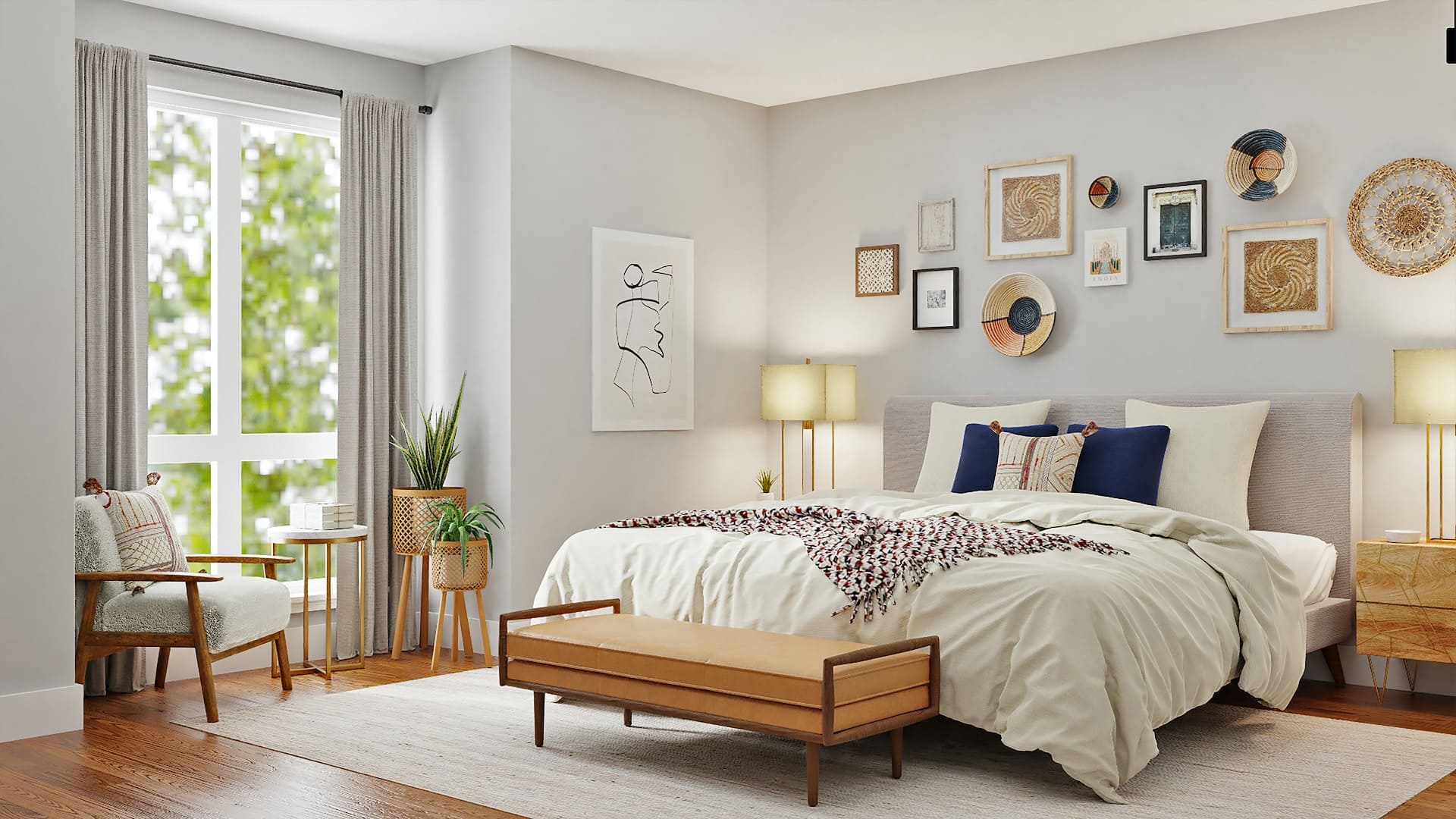
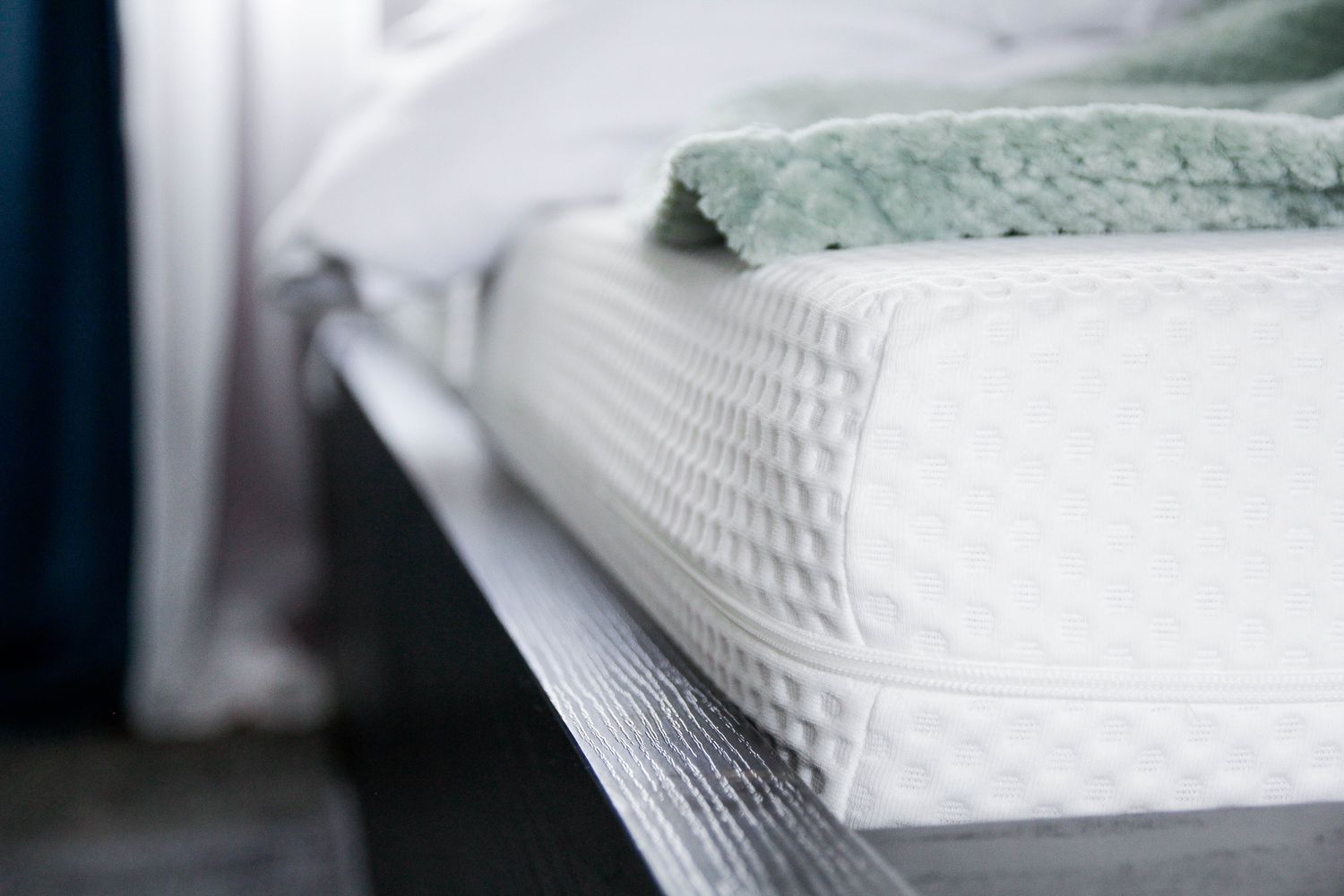
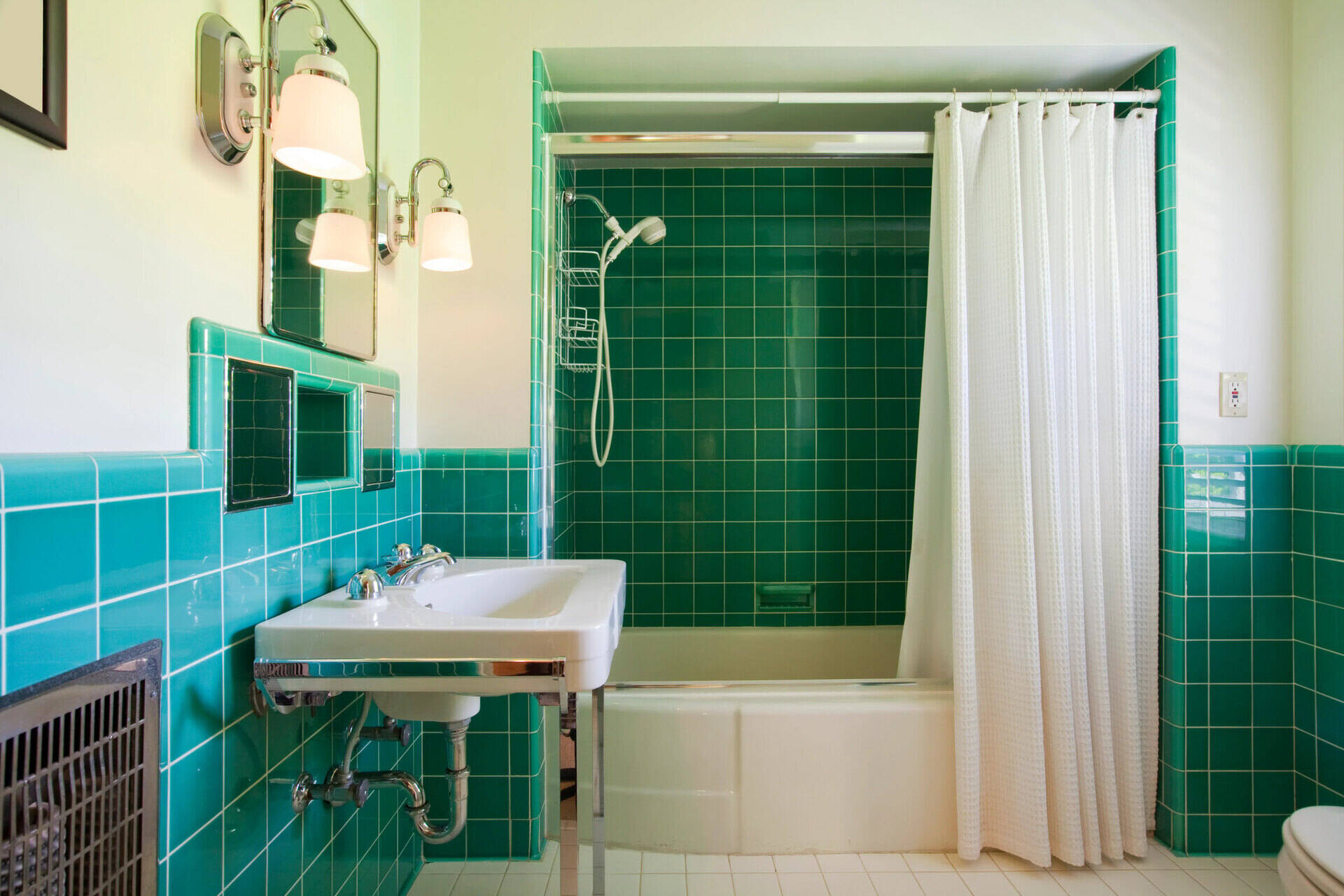
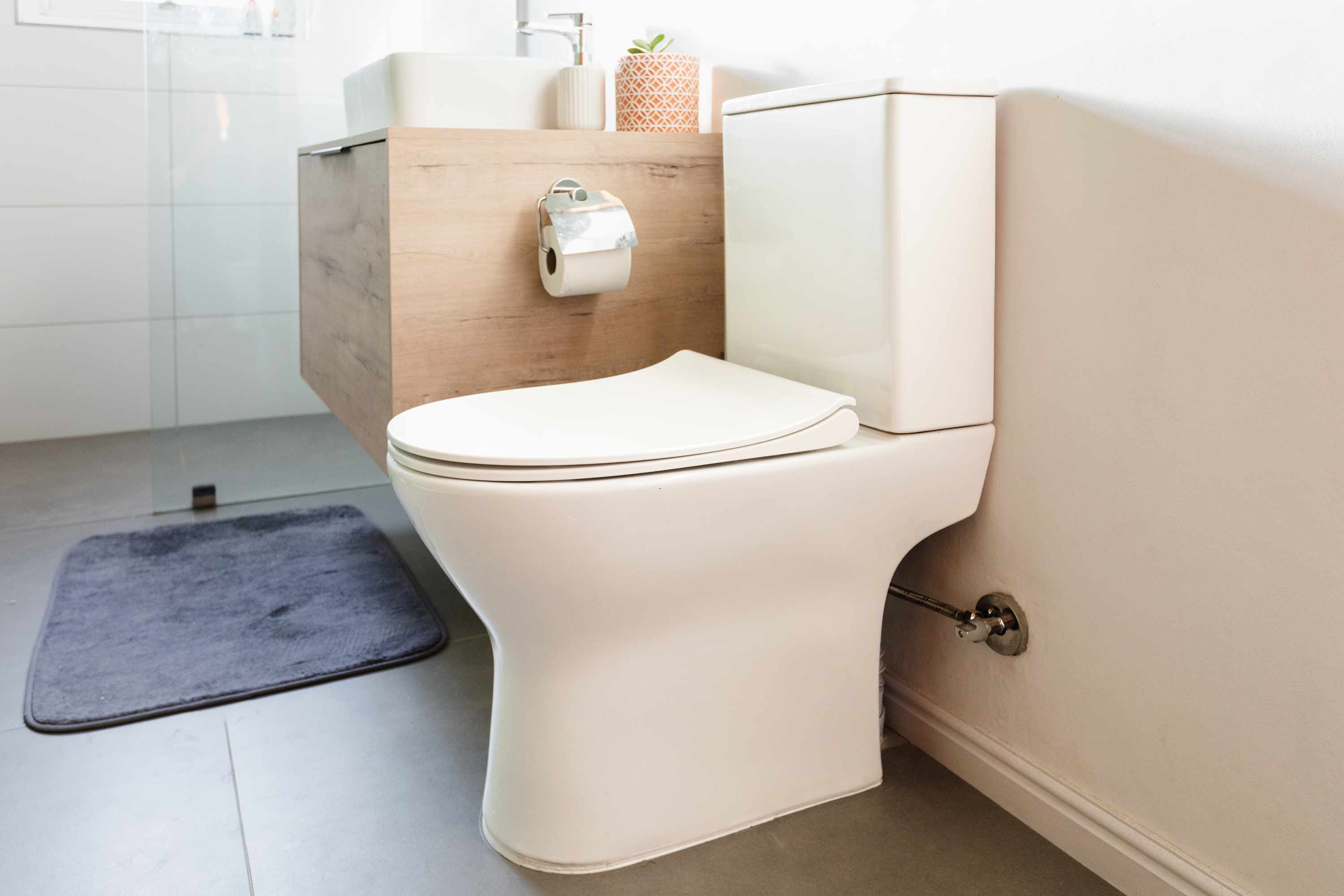
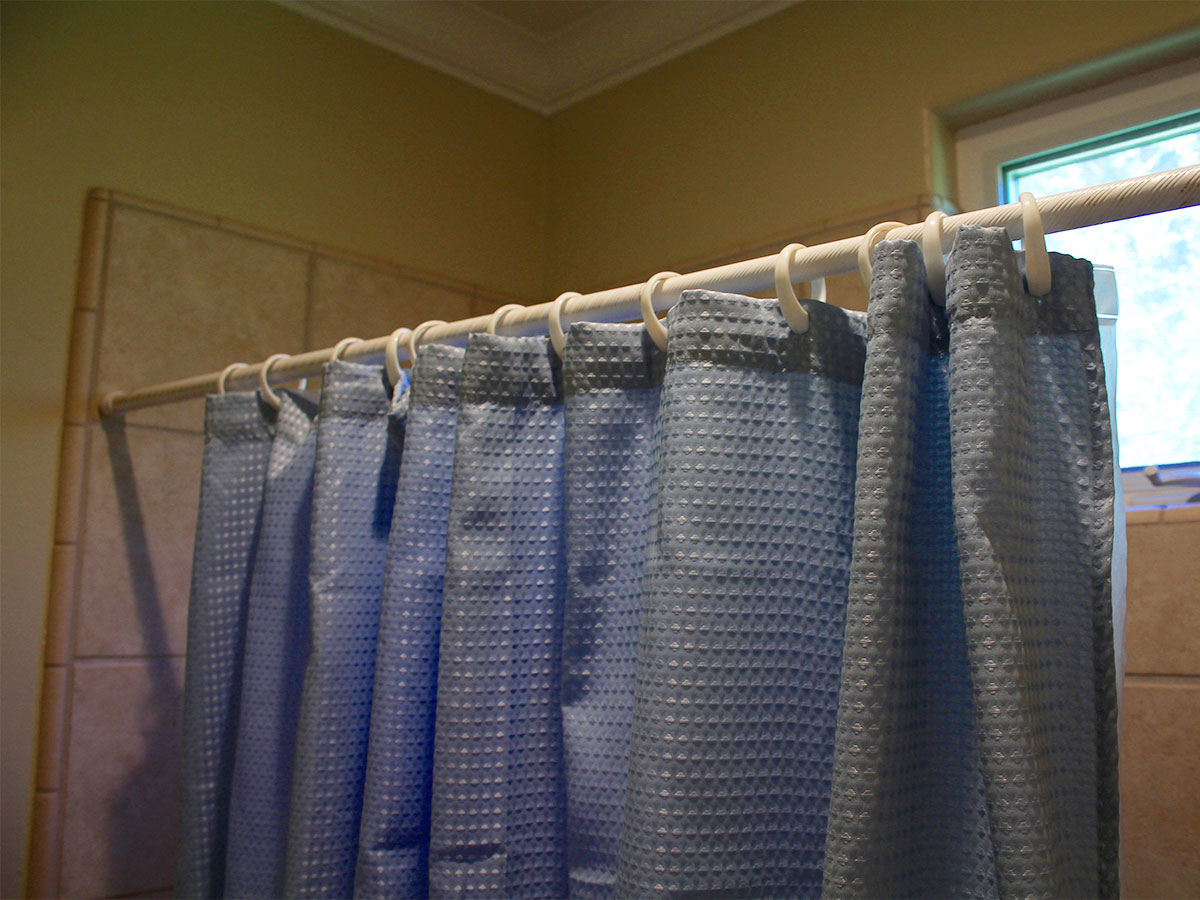
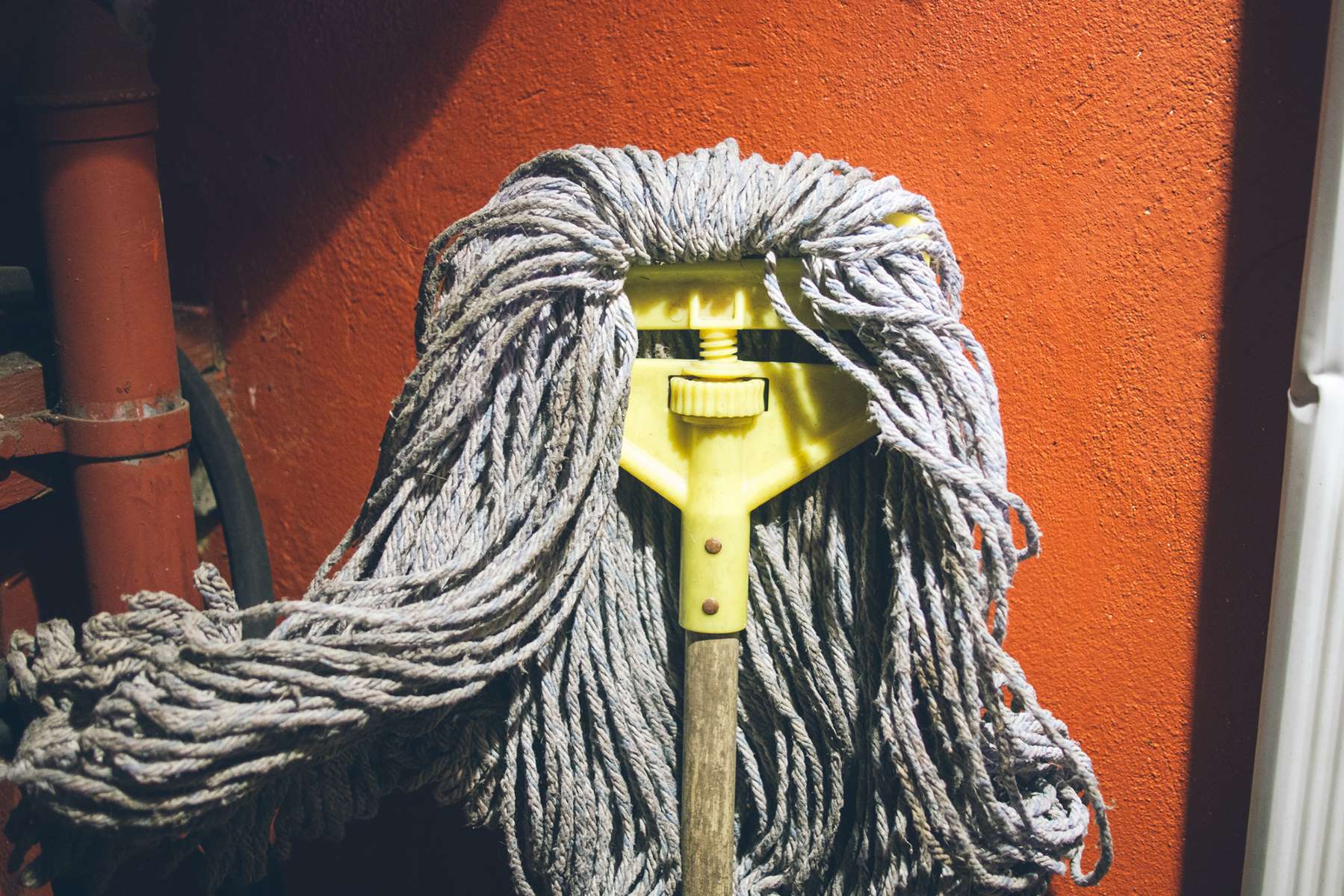

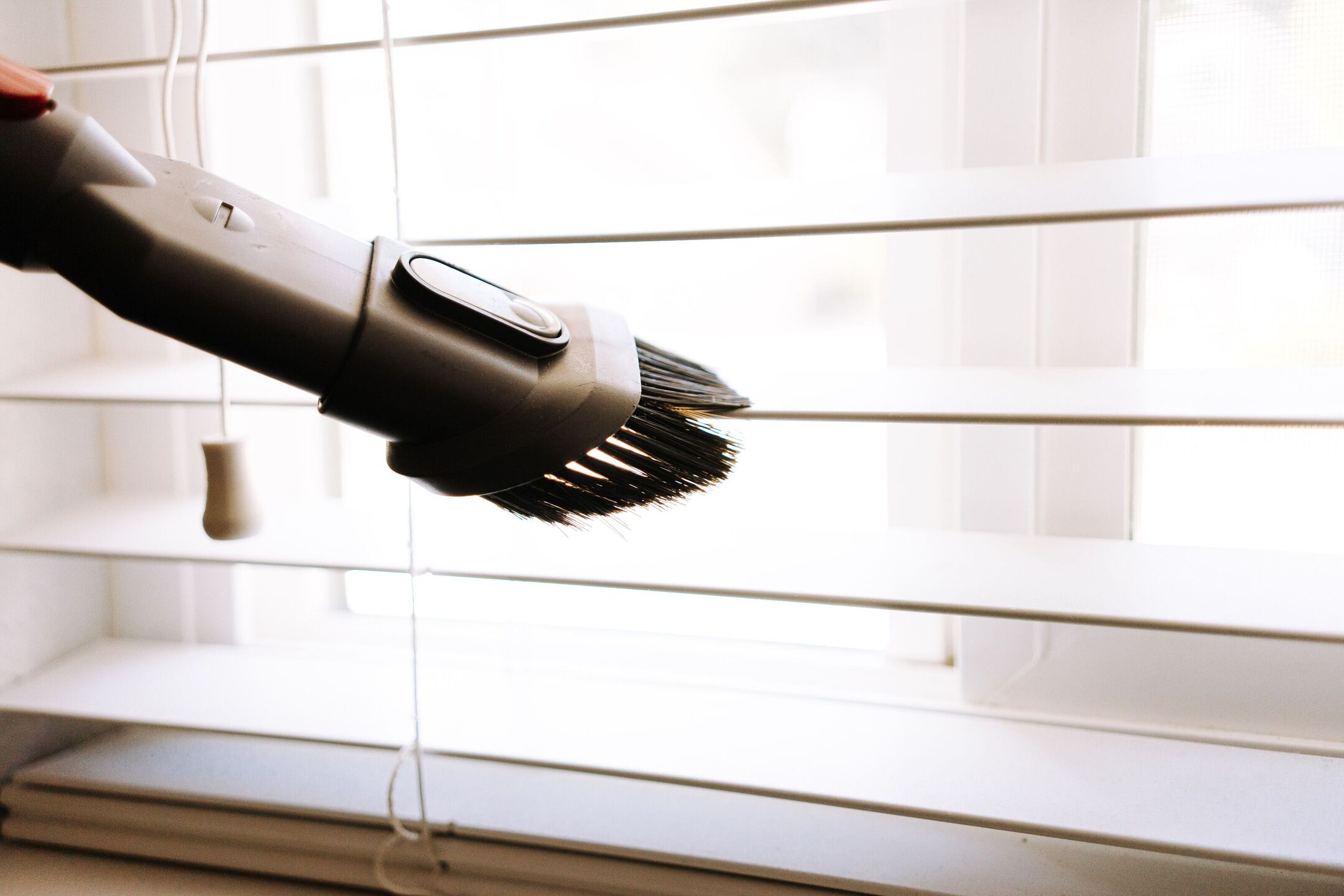

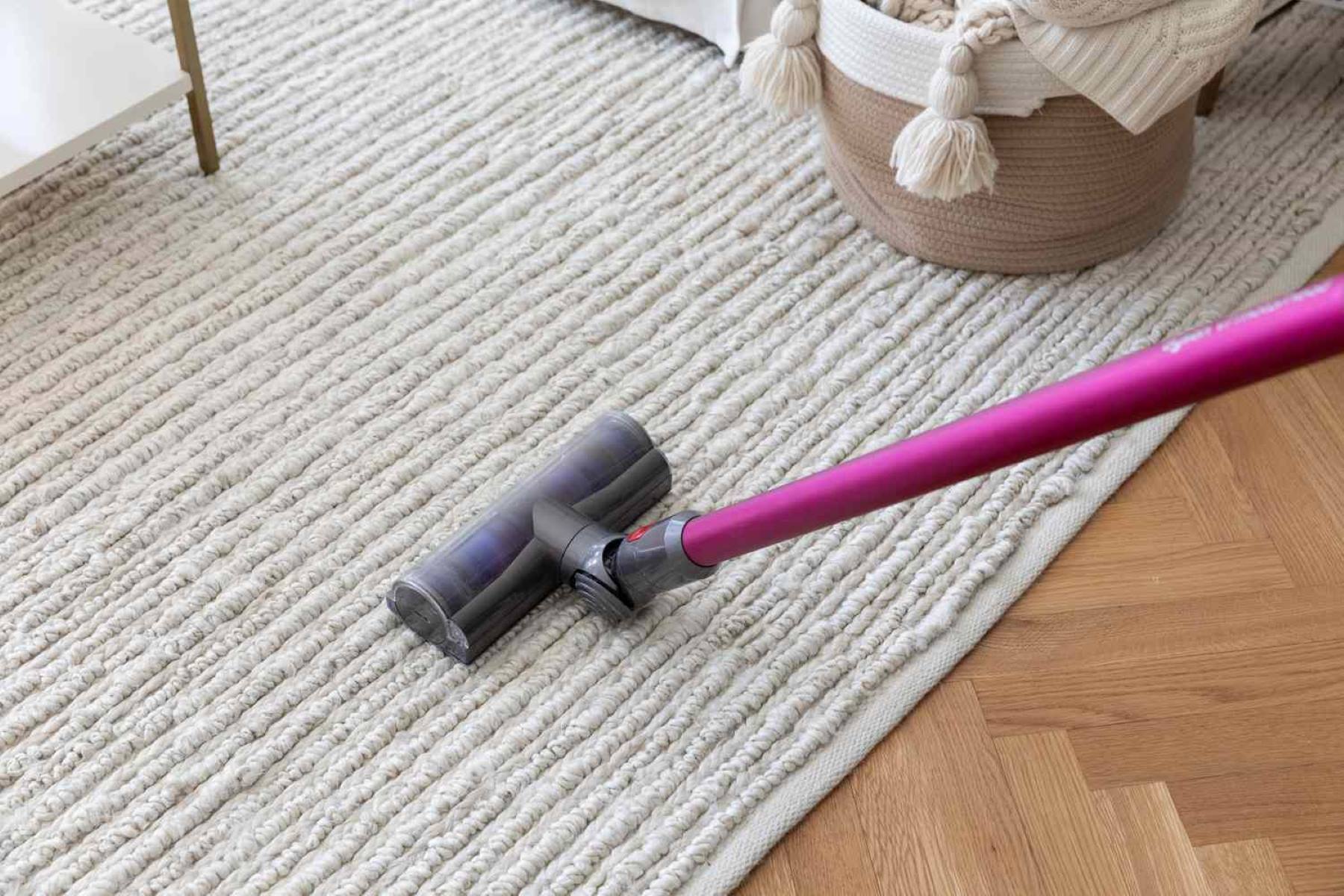


0 thoughts on “How Often Should You Change Your Wardrobe”